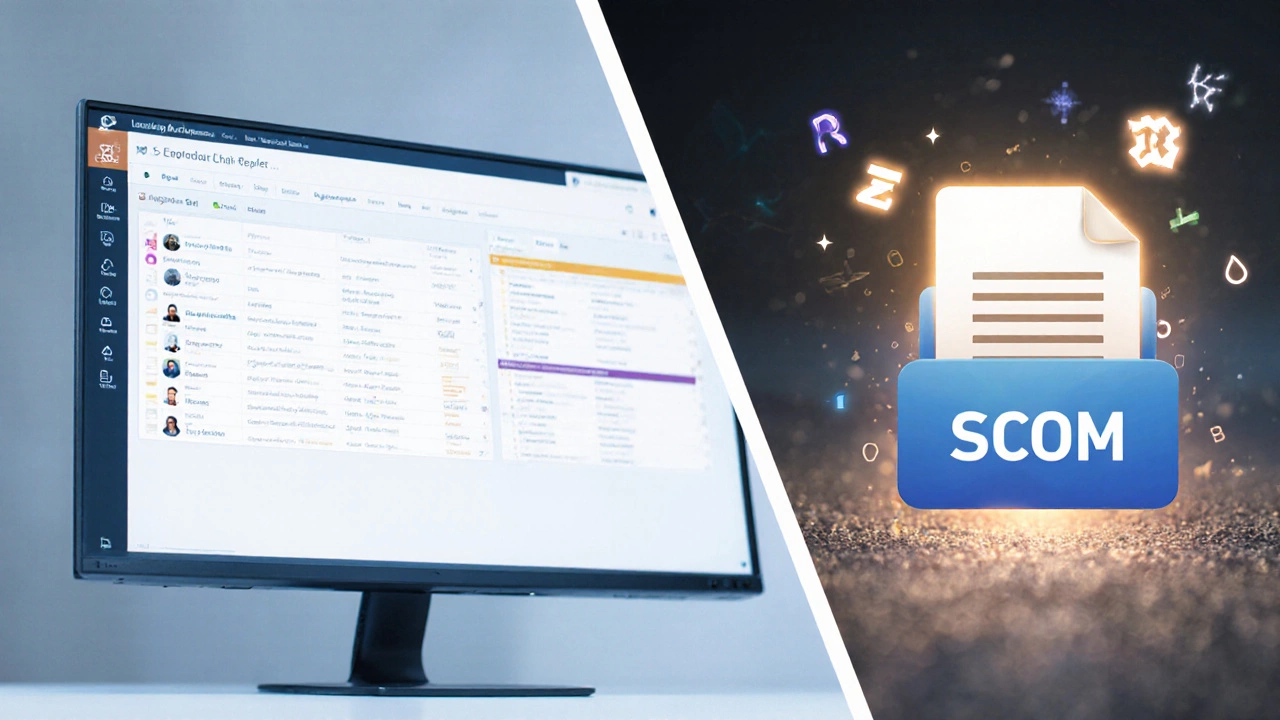
LMS vs SCORM: Key Differences Explained
Learn the clear difference between LMS platforms and SCORM standards, why both matter, and how to choose the right combo for your e‑learning needs.
Ever wondered how schools, colleges, or companies push courses to thousands of people without sending a single paper? That’s the magic of a Learning Management System, or LMS for short. An LMS is a software hub where you can create, deliver, track, and manage learning content. It works on the web, so anyone with an internet connection can log in, watch videos, take quizzes, and see their progress.
For teachers, an LMS saves time. Instead of handing out worksheets, you upload them once and the system grades automatically. For students, it means all course material lives in one place – no hunting through email threads or lost files. And for businesses, an LMS turns training into a scalable, trackable process that can be audited for compliance.
Course Builder: Drag‑and‑drop tools let you stitch together videos, PDFs, and interactive activities without needing to code. You can organize modules, set prerequisites, and publish new lessons on the fly.
Progress Tracking: Both learners and administrators get real‑time dashboards. You can see who completed a module, who failed a quiz, and where a learner is stuck. This data helps you intervene before someone falls behind.
Assessments & Grading: Built‑in quizzes, assignments, and automated grading keep the feedback loop tight. Some LMSs even support peer review, so students learn from each other.
Communication Tools: Forums, announcements, and messaging keep the classroom vibe alive online. Some platforms integrate with video‑conferencing apps, so live sessions feel natural.
Analytics & Reporting: Exportable reports show completion rates, average scores, and time‑on‑task. This insight is gold for improving content or proving ROI to managers.
Not every LMS fits every scenario. Start by asking who will use it. A K‑12 school needs parental access and strong privacy controls, while a corporate trainer looks for compliance tracking and integration with HR software.
Budget: Some LMSs are free open‑source, but you may pay for hosting, support, or premium features. Calculate the total cost of ownership, not just the upfront price.
Ease of Use: If teachers struggle with the interface, adoption will stall. Look for intuitive design, good onboarding, and responsive customer support.
Integration: Does the LMS talk to your existing tools? Calendar sync, single sign‑on, and LMS‑to‑CRM bridges can save a lot of manual work.
Mobile Access: Learners often study on phones or tablets. A mobile‑friendly UI or dedicated app keeps learning on the go.
Take advantage of free trials. Spend a few days creating a mock course, inviting a colleague to test it, and checking the reporting dashboard. That hands‑on experience tells you more than any feature list.
Ultimately, the best LMS is the one that fits your workflow, meets your learners where they are, and scales as you grow. Whether you end up with a big name like Canvas, Moodle, or a niche platform, the goal stays the same: make learning smoother, measurable, and more engaging.

Learn the clear difference between LMS platforms and SCORM standards, why both matter, and how to choose the right combo for your e‑learning needs.

Understand what 'LMS' truly stands for. Learn how learning management systems simplify education for students, teachers, and companies in 2025.